Work with a range of patterns and functions and solve problems
COURSE PURPOSE This unit standard is designed to provide credits towards the mathematical literacy requirements of the NQF at Level 2. The essential purposes of the mathematical literacy requirements are that, as the learner progresses with confidence through the levels, …
Overview
COURSE PURPOSE
This unit standard is designed to provide credits towards the mathematical literacy requirements of the NQF at Level 2. The essential purposes of the mathematical literacy requirements are that, as the learner progresses with confidence through the levels, they will grow in an insightful use of mathematics in managing the needs of everyday living to become a self-managing person. Learners will also develop an understanding of mathematical applications that provide insight into their present and future occupational experiences, enabling them to become contributing workers. Additionally, they will acquire the ability to voice a critical sensitivity to the role of mathematics in a democratic society, allowing them to become participating citizens.
WHAT YOU’LL LEARN
People credited with this unit standard are able to convert flexibly between and within various representations of functions. They can compare, analyse, and describe the behaviour of patterns and functions. Additionally, they are capable of representing situations mathematically to interpret and solve problems.
Curriculum
Curriculum
- 3 Sections
- 12 Lessons
- 1 Day
- Unit 1: Convert Flexibly Between And Within Various Representations Of Functions3
- Unit 2: Compare, Analyse And Describe The Behaviour Of Patterns And Funtions3
- 2.0Patterns and functions are compared in terms of: Shape and symmetry, Finding function values, Finding input values, The average rate of change of function values.
- 2.1The key features of the graphs of functions are described and interpreted correctly.
- 2.2The behaviour of functions is described as being increasing or decreasing or constant as determined visually from graphical representations.
- Unit 3: Represent Situations Mathematically In Order To Interpret And Solve Problems6
- 3.0Accurate point-by-point plotting is used to model contextual problems
- 3.1Appropriate symbolic representations are used to model contextual problems
- 3.2Representations are analysed and manipulated efficiently in arriving at results
- 3.3Representations are verified in terms of available data.
- 3.4Results are interpreted correctly in terms of the situation
- 3.5Interpretations and predictions are based on the properties of the mathematical model






